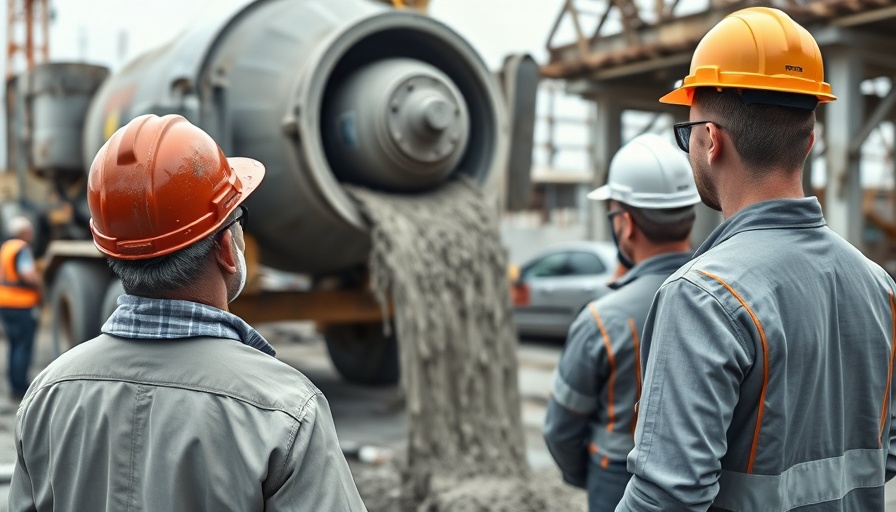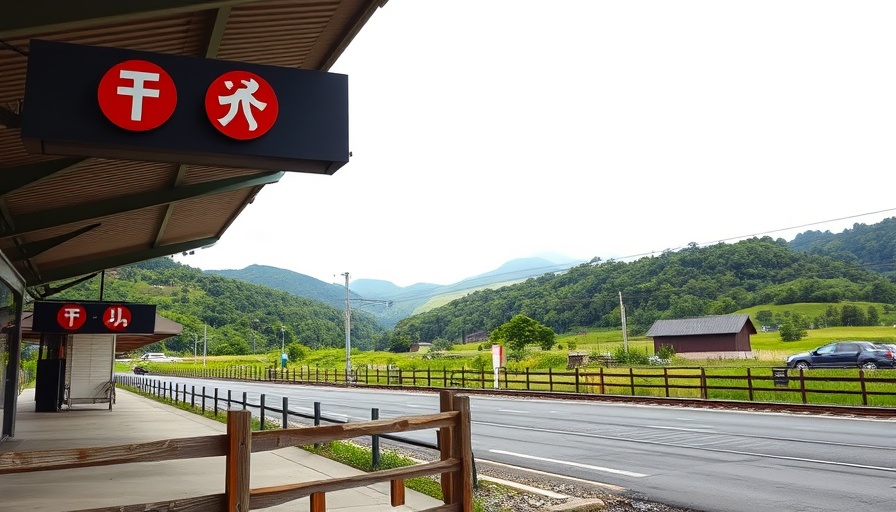
The Future of Sustainable Construction
The construction industry is on the brink of a revolution with Sublime's initiative to create the first zero-carbon cement plant. Cement production is responsible for a significant portion of global CO2 emissions, and this groundbreaking project aims to change that. Utilizing cutting-edge technology, Sublime will make cement in a way that minimizes its environmental impact, paving the way for sustainable building practices.
Barriers to Achieving Zero-Carbon Goals
While the promise of zero-carbon cement is exhilarating, challenges remain. The cost of new technologies and the need for regulatory support are essential factors that could influence the project's success. Moreover, stakeholders across the construction supply chain must embrace these innovations to fully realize the benefits.
A Step Toward Greener Infrastructure
The establishment of this plant is a significant step toward lowering the carbon footprint of infrastructure globally. By focusing on sustainability, Sublime not only enhances its reputation but also sets a precedent for other companies to follow. This venture may push competitors to innovate, as public consciousness shifts towards eco-friendly construction.
Inspirational Collaborations in the Industry
Such ambitious initiatives often require collaborations between various sectors – from architecture to technology firms and environmental organizations. Partnerships can maximize resource efficiency and share knowledge, accelerating the transition to greener practices in the industry.
Conclusion: Changing the Landscape of Cement Production
As construction companies increasingly prioritize sustainability, Sublime's zero-carbon cement plant marks a pivotal moment in the industry. It is poised to be a game-changer, encouraging more players in the field to adopt similar green technologies. The potential impact on the planet cannot be overstated as the industry moves toward a more sustainable future.
 Add Row
Add Row  Add
Add 




Write A Comment